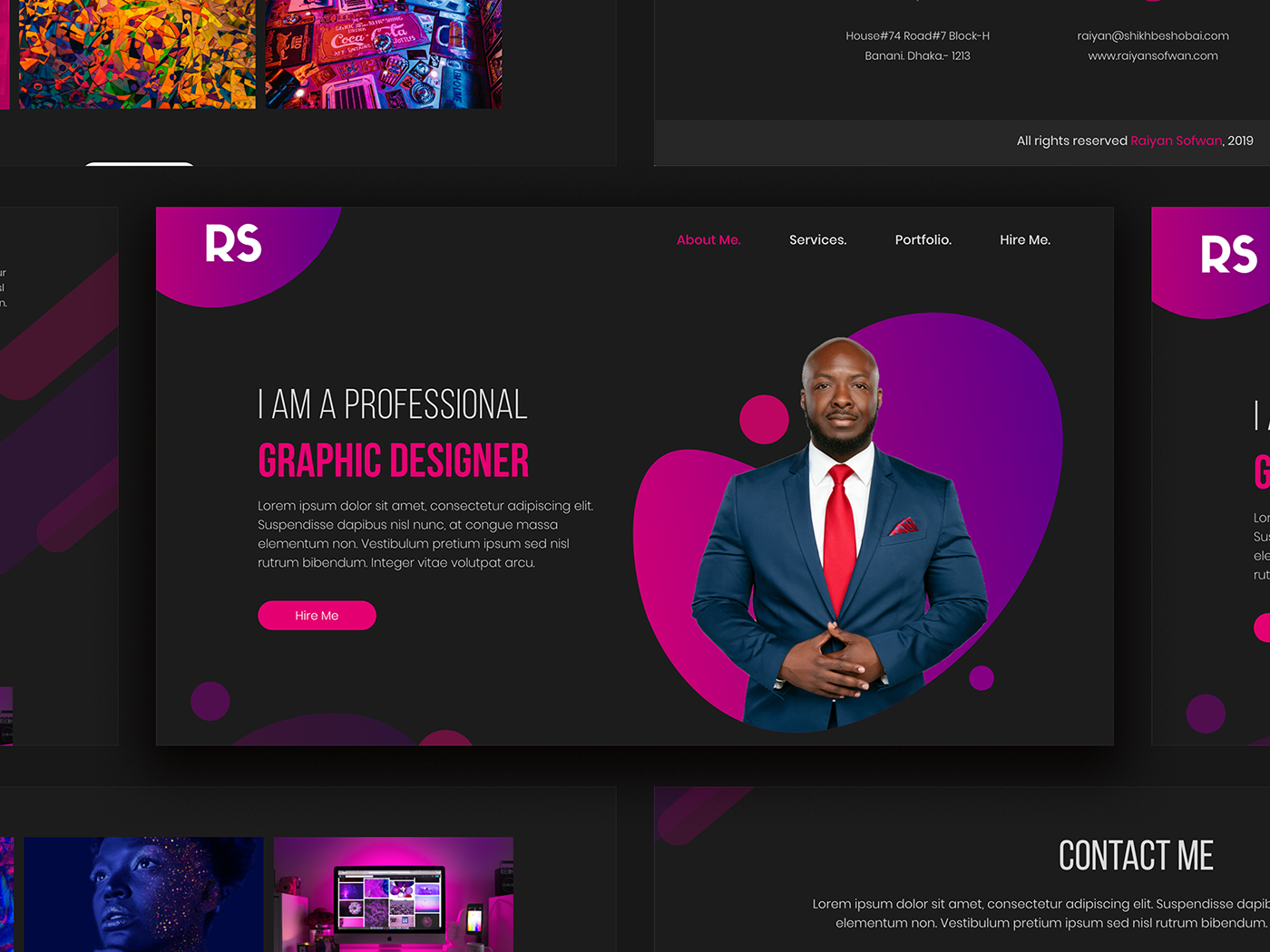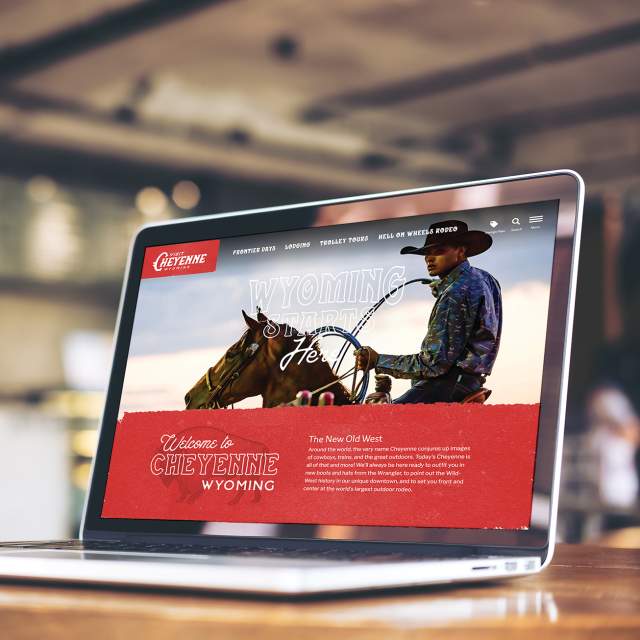The Impact of Website Design on Your Site's Search Engine Rankings
The Impact of Website Design on Your Site's Search Engine Rankings
Blog Article
Crucial Tips for Crafting High-Impact Internet Site Designs
In the realm of electronic advertising and marketing, the design of a website functions as an important touchpoint for involving prospective customers. To produce high-impact web site styles, one have to consider essential aspects such as target market understanding, user experience, and aesthetic pecking order. Each of these components plays a pivotal role in not only bring in visitors but likewise in assisting in purposeful communications. Yet, the interaction in between these factors can be complex and nuanced, raising the inquiry of just how to efficiently balance them to achieve optimal results. Exploring these approaches can lead to transformative outcomes for your on-line presence.
Understand Your Target Market

To effectively comprehend your audience, start by conducting group analyses to collect information on age, gender, place, and rate of interests - website design. This info acts as a structure for creating user characters, which represent the key characteristics of your target market. These personalities guide decision-making in design elements and content approach, making sure placement with individual expectations
In addition, assessing customer actions through tools like Google Analytics can disclose just how site visitors communicate with your site. Metrics such as bounce rates and time on page can highlight areas that require enhancement or adjustment. User studies and responses also provide vital insights right into preferences and pain factors.
Ultimately, a deep understanding of your audience is not simply beneficial however essential. It equips designers to create even more pertinent, attractive, and useful websites that cultivate a positive user experience and drive wanted end results.
Prioritize Customer Experience
When designing an internet site, prioritizing customer experience (UX) is extremely important to accomplishing both individual satisfaction and organization objectives. A well-crafted UX makes certain that site visitors can navigate the website easily, locate the details they need, and involve with content properly. To accomplish this, it is vital to take on a user-centered layout approach that entails understanding user needs, choices, and actions.
Begin by conducting detailed research study, consisting of customer surveys and use screening, to gather insights into how users communicate with your website. This information need to notify layout decisions, guaranteeing that formats and attributes align with user assumptions. Streamlined navigation is essential; site visitors need to be able to find information rapidly without unneeded clicks or confusion.
Additionally, consider the loading rate of your web site. A slow-loading site can cause high bounce prices, negatively affecting individual experience. Enhance scripts and pictures to boost performance.
Finally, make sure that your web site is available to all users, consisting of those with impairments. Complying with accessibility standards not only widens your audience yet also cultivates inclusivity. By prioritizing UX, you lay the foundation for a successful web site that meets both individual needs and organization objectives.
Embrace Visual Hierarchy
A well-structured aesthetic pecking order plays a substantial role in boosting customer experience by leading visitors' interest to the most essential components of an internet site (website design). By strategically arranging web content, designers can create a clear path for customers to comply with, guaranteeing they engage with essential details properly
To carry out visual power structure, begin by using size and scale. Larger components naturally attract the eye, making them excellent for headlines or contacts us to action. Enhance this with contrasting learn this here now colors that highlight crucial locations, as dynamic tones can produce focal points that catch attention.
In addition, the positioning of components on the web page is crucial. Leading the customer's gaze via the format can be achieved by placing critical info at the top or in the center, where customers normally begin their visual journey. Including whitespace around aspects can likewise enhance clearness, making it much easier for customers to process information without really feeling overwhelmed.
Last but not least, employing typography effectively adds to visual power structure. Various typeface dimensions, weights, and designs can signify value, directing individuals through the content flawlessly. By embracing these principles, designers can create an intuitive experience that fosters engagement and urges individuals to explore further.
Enhance for Mobile
Mobile optimization is crucial in today's digital landscape, as a significant section of web website traffic originates from smart phones. To guarantee a smooth customer experience, internet sites have to be made with mobile customers in mind. This includes employing responsive internet layout strategies that adapt the design, pictures, and text to fit different screen sizes while maintaining functionality and looks.

Touch targets, such as switches and web links, must be properly sized, guaranteeing they are easily tappable without errors. In addition, ensure that forms are mobile-friendly by lessening input areas and making use of dropdowns where relevant, simplifying the i loved this customer experience.
Lastly, examination your website across various mobile devices and web browsers to recognize any type of concerns that might influence functionality. By focusing on mobile optimization, you not just improve customer complete satisfaction yet also favorably affect your website's online search engine position, therefore attracting more visitors and enhancing overall interaction.
Implement Strong Branding
A distinct brand name not only separates you from competitors however additionally promotes count on and commitment among your target market. This identification needs to be reflected consistently across all electronic touchpoints, including your internet site, social media, and e-mail interactions.
Visual aspects such as logo designs, color pattern, and typography play a crucial function in branding. Select a color scheme that reverberates with your target market and shows your brand character. Make certain that your logo is flexible and prominently displayed on your website, improving brand name recognition.
Material is similarly essential; your intonation must align with your brand identity, whether it's professional, friendly, or authoritative. Engaging storytelling can further reinforce your brand, developing an emotional link with customers.
Conclusion
In conclusion, crafting high-impact web site designs demands a complex strategy that includes understanding the target market, focusing on customer experience, and welcoming visual pecking order. By incorporating these elements, websites can efficiently engage customers, assist in seamless navigating, and foster emotional connections that boost brand name identification.
To produce high-impact site designs, one must take into consideration crucial aspects such as audience understanding, customer experience, and aesthetic hierarchy.When creating a web have a peek at this website site, prioritizing user experience (UX) is extremely important to achieving both individual satisfaction and organization goals.Begin by performing comprehensive research study, including customer surveys and use testing, to collect understandings into how individuals interact with your website. To guarantee a seamless individual experience, sites have to be designed with mobile individuals in mind.In conclusion, crafting high-impact website styles demands a complex approach that incorporates recognizing the target market, prioritizing customer experience, and accepting visual hierarchy.
Report this page